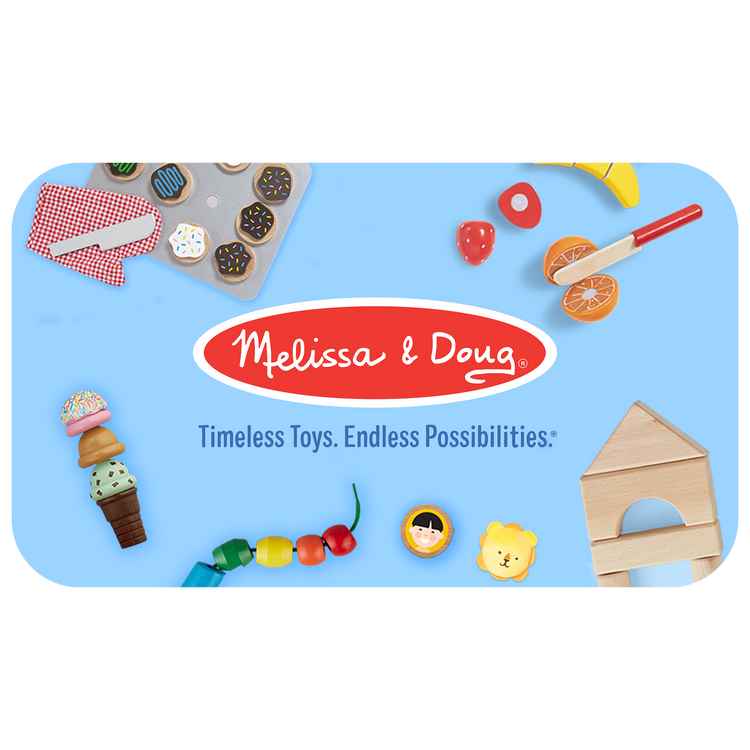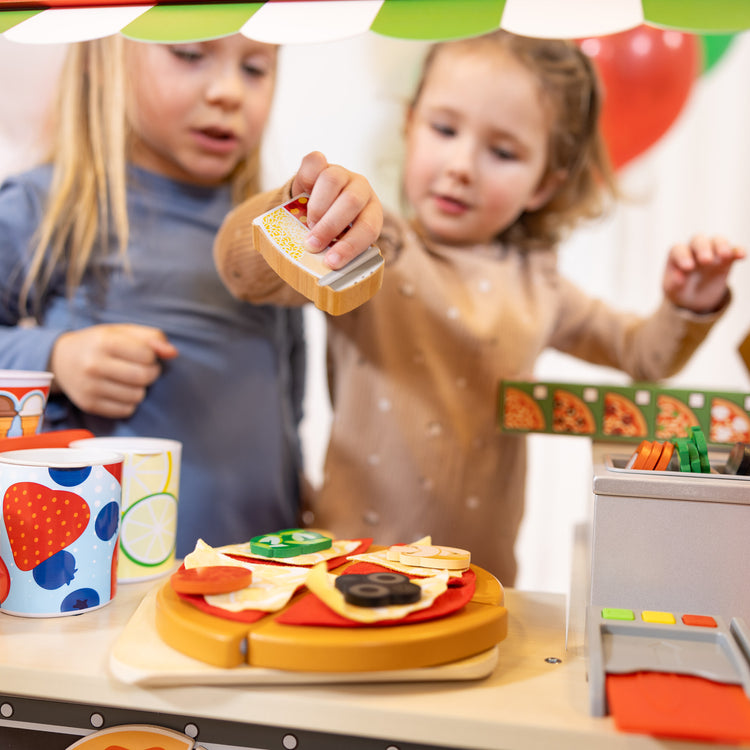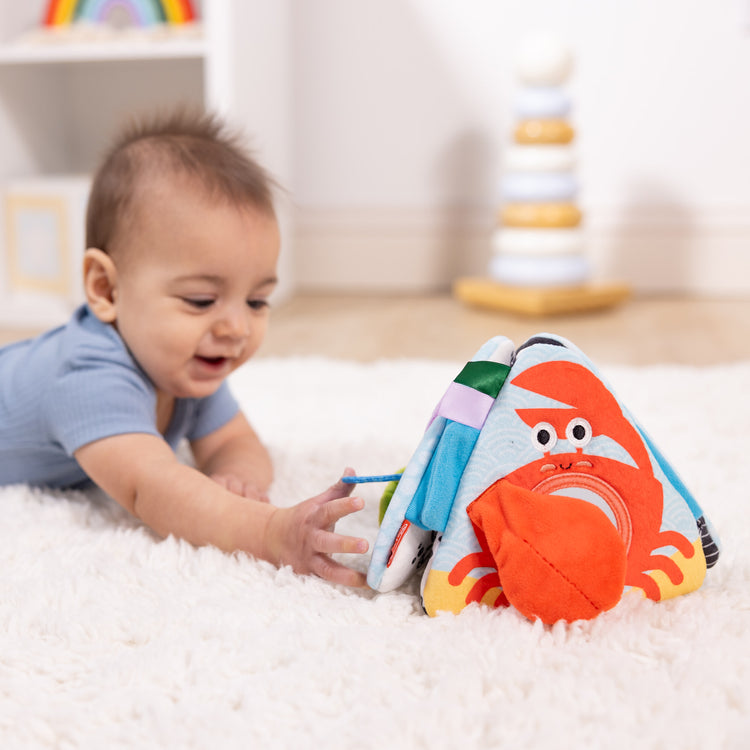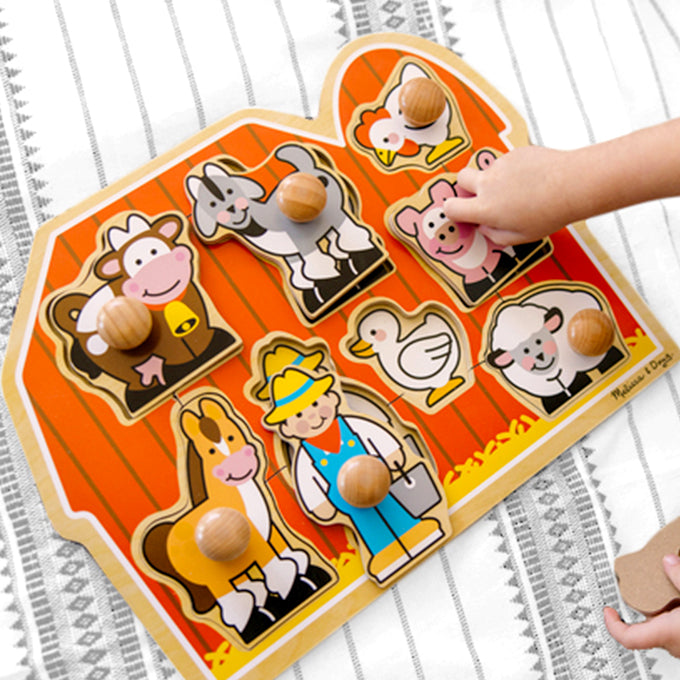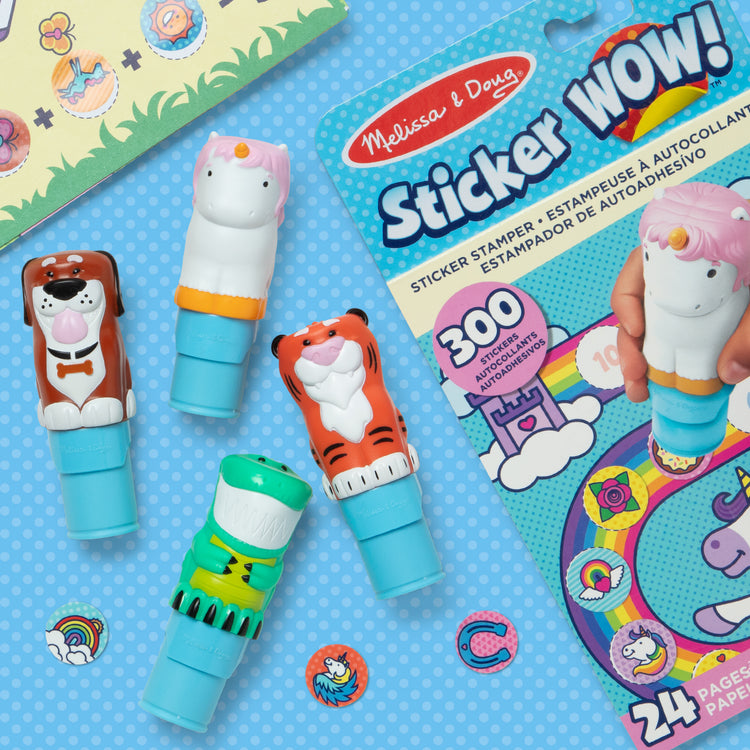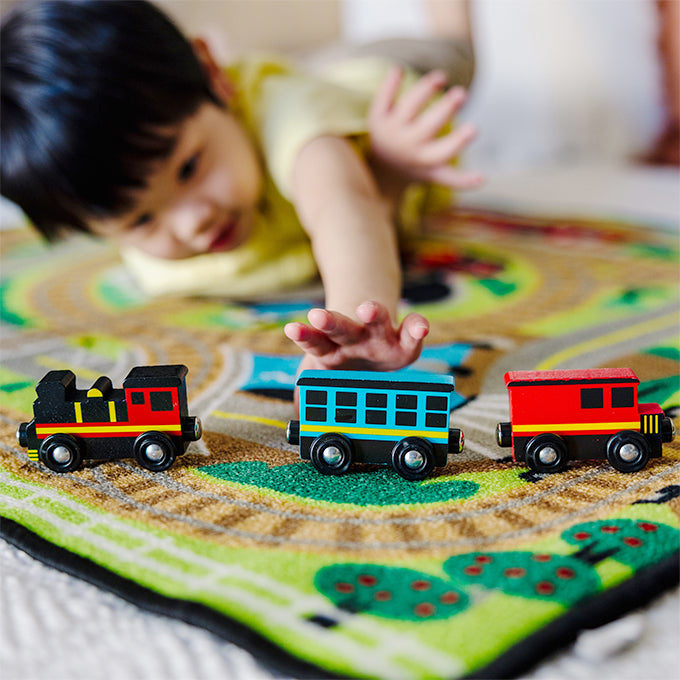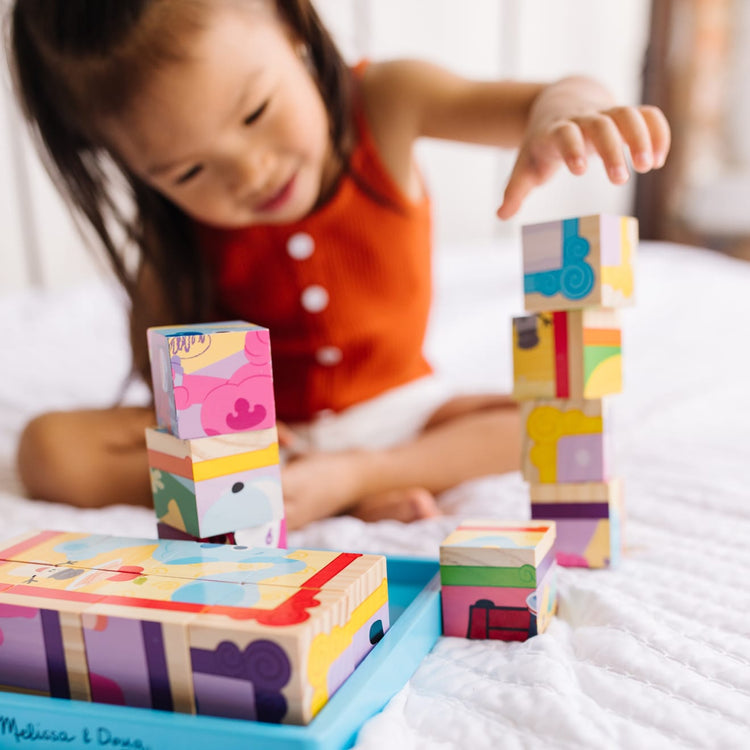As a child media researcher, I get a lot of questions around the holidays like: What is the best tablet to buy for kids? Are virtual reality goggles a good idea? Families may be more willing to splurge on new electronics this time of year (fueled by a lot of marketing!).

But, the answers to these questions — and any questions about kids and digital media — are always complex. Sure, we all love holiday movies, playing video games, and the free headspace (and quiet!) when our kids are occupied with media — but I also want to emphasize that the best gifts are the ones that are both fun and help our kids feel more connected with their minds and their hearts. The design of toys and games that build strong hearts (empathy, thinking about others) and flexible minds (creative, curious, and able to collaborate) usually involve a few key ingredients:
-
Design that gives kids freedom of attention, and doesn’t keep them staring at one thing, unable to respond to their playmates or parents. Building empathy involves lots of watching other people — their facial expressions, how they respond to your actions — and having back-and-forth interactions that build upon each other. This can take the form of reading a book together (having a back-and-forth connection around a story) to dancing (teaching each other new dance moves), to throwing a ball back and forth (sports require a lot of reading the other person’s body language!).
-
Design that allows turn-taking or collaboration. When a child knows how to pause their behavior to let another person take a turn, this is an important part of building impulse control. Some toys have turn-taking baked into their design (such as board games, card games, or sports), while others are open-ended enough that you can create turn-taking opportunities (such as handing a bubble wand back and forth, or taking turns making each other pretend meals). If your child hates waiting their turn, give them a lot of scaffolding (e.g., say clearly, “ok it’s almost my turn, you’ll get to go again after me”) and show them the upsides of letting someone else take a turn (e.g., when a parent blows the bubbles, they are much larger and funner to pop!)
-
Design that doesn’t direct play too much, and lets your child’s mind take the lead. I know that it can be soothing to kids to play simple apps and video games (since it’s so easy to win!), we want kids to have a mindset that they can figure out stuff for themselves. It takes time for children to build confidence that they can try an activity that’s less rule-bound (like arts and crafts), and even mess up sometimes, but then have pride in what they came up with all by themselves. Play activities that stretch your child’s mind include art, dress-up, gardening and outdoor exploration, or tricky mind puzzles.
-
Design that naturally involves giving and sharing with others: such as making someone a pretend meal, packing someone a surprise gift, or giving someone artwork. If your child struggles with reading others’ emotions, you can help by bringing their attention to the other person’s response (e.g., “did you see how much that made Grandpa smile?” “I love this surprise — you remembered that I love rainbows!”). Other empathy-building play includes caring for a stuffed animal, baby doll, or pet.
I get it — these play activities aren’t as easy as turning on a movie — and may require supporting our kids more, especially if turn-taking play doesn’t come easy to them. We don’t have to have totally low-tech holidays, but it’s important to leave out time for the activities that naturally help our kids feel emotionally connected to others and themselves, which is really important for mental health in the long-run. Happy holidays!

